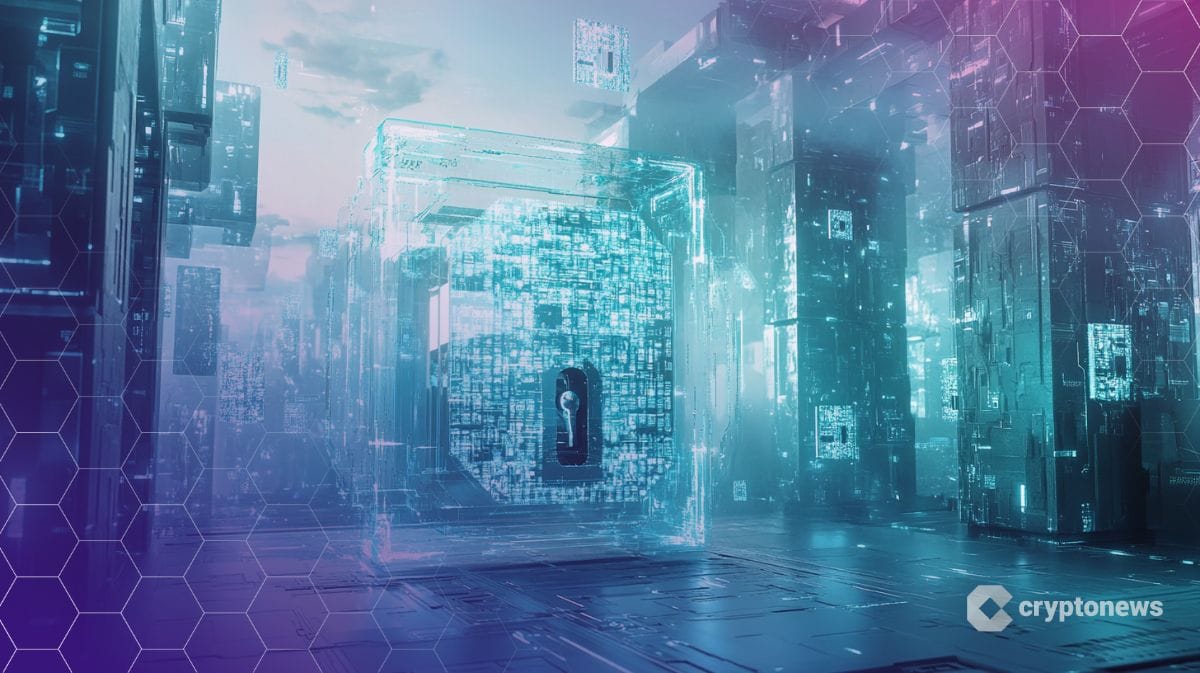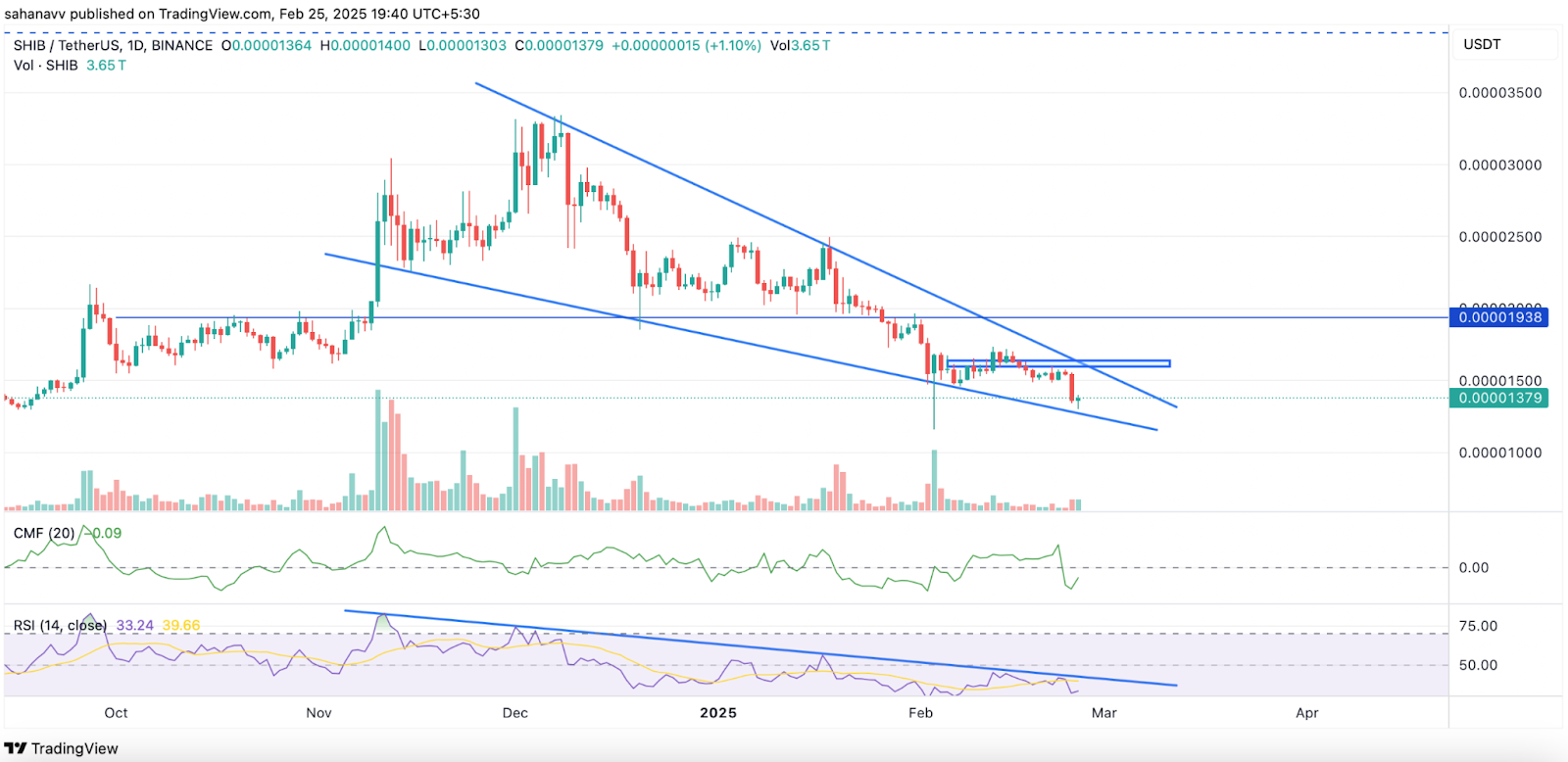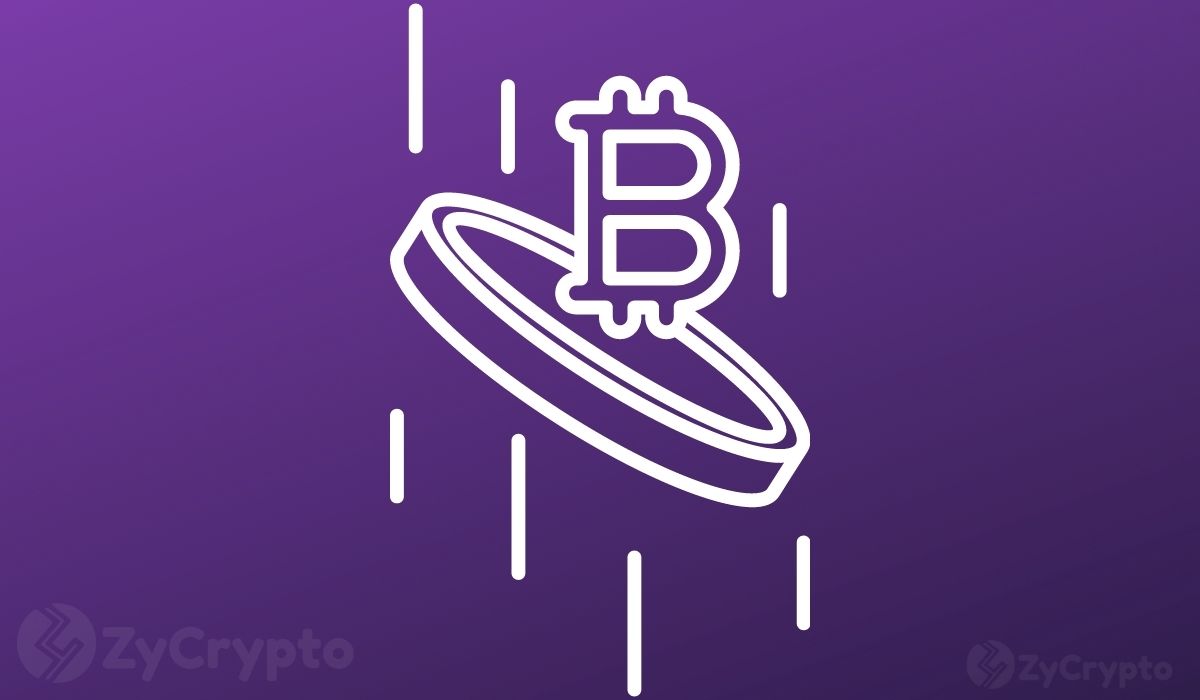Rome Protocol’s Integration with Polygon AggLayer: Unlocking Ethereum-Solana Interoperability
In a groundbreaking development for the blockchain industry, Rome Protocol, a decentralized exchange (DEX) aggregator, has recently announced its integration with Polygon’s AggLayer. This strategic partnership empowers developers to build decentralized applications (dapps) that can leverage the benefits of both Ethereum and Solana networks.
Unlocking Ethereum-Solana Interoperability
Polygon’s AggLayer is a unified API that aggregates liquidity from various sources, including Ethereum, Polygon, and other Layer 2 solutions. By integrating with AggLayer, Rome Protocol is able to provide access to Solana’s lightning-fast transaction speeds and Ethereum’s robust security for its users.
Previously, developers looking to build dapps that took advantage of both Ethereum and Solana networks would have to deal with the complexities of integrating multiple APIs and managing different blockchain environments. With Rome Protocol’s integration with Polygon AggLayer, this process becomes significantly more streamlined.
Benefits for Developers
Developers will now be able to build dapps that can access zk-enhanced liquidity on Ethereum and Solana, allowing for more efficient and cost-effective trading. Additionally, the integration provides developers with access to a larger user base, as both Ethereum and Solana have large and growing communities.
Moreover, the integration eliminates the need for developers to manage multiple APIs, making the development process more efficient and reducing the overall complexity of building cross-chain dapps. This not only saves time and resources but also allows developers to focus on creating innovative and high-quality applications.
Benefits for Users
Users stand to benefit from this integration in several ways. First and foremost, they will have access to improved liquidity and faster transaction speeds, as they can now interact with both Ethereum and Solana networks through a single platform. Additionally, users will be able to access a wider range of dapps, as developers will now be able to build and deploy cross-chain applications more easily.
Furthermore, the integration provides users with increased security, as they can take advantage of the robust security features of Ethereum while enjoying the fast transaction speeds of Solana. This combination offers the best of both worlds and is expected to attract a larger user base to both networks.
Impact on the Blockchain Industry
The integration of Rome Protocol with Polygon AggLayer represents a significant step forward in the realm of blockchain interoperability. It demonstrates that it is possible to build cross-chain applications that can access the strengths of multiple networks without sacrificing speed, security, or usability.
Moreover, this integration is expected to accelerate the adoption of both Ethereum and Solana networks. As more developers build cross-chain dapps, the user base for both networks is expected to grow, leading to increased liquidity and overall market growth.
Conclusion
In conclusion, Rome Protocol’s integration with Polygon AggLayer marks an important milestone in the blockchain industry’s ongoing quest for interoperability. This integration enables developers to build dapps that leverage the benefits of both Ethereum and Solana networks, providing users with improved liquidity, faster transaction speeds, and increased security.
The impact of this integration on the blockchain industry is expected to be significant, as it demonstrates the potential for cross-chain applications and accelerates the adoption of both Ethereum and Solana networks. As more developers build cross-chain dapps, we can expect to see a growing user base, increased liquidity, and overall market growth.
This is an exciting time for the blockchain industry, and we can look forward to many more innovations that will unlock new possibilities and push the boundaries of what is possible on the blockchain.
- Rome Protocol integrates with Polygon AggLayer to provide access to Solana’s speed and Ethereum’s security.
- Developers can build dapps that access zk-enhanced liquidity on both networks.
- Users benefit from improved liquidity, faster transaction speeds, and increased security.
- The integration is expected to accelerate the adoption of both Ethereum and Solana networks.





